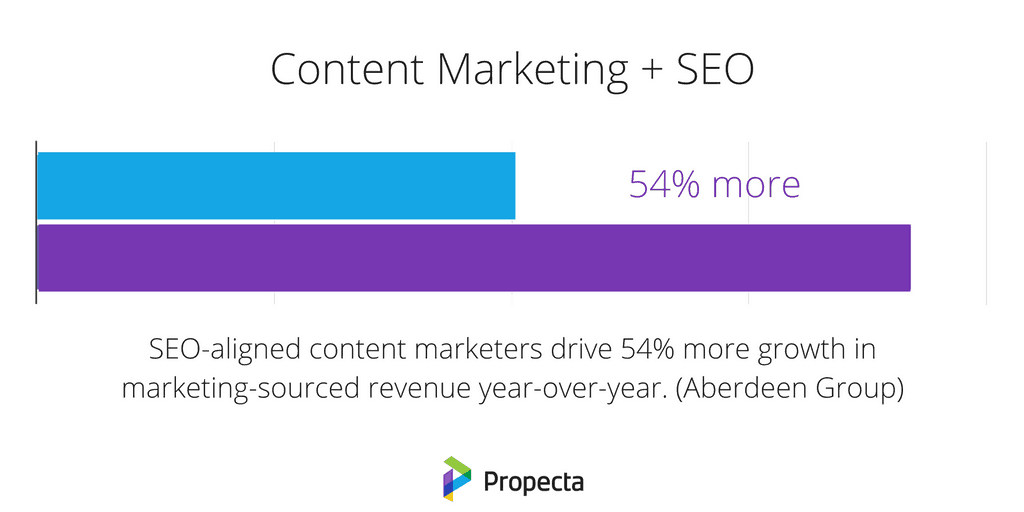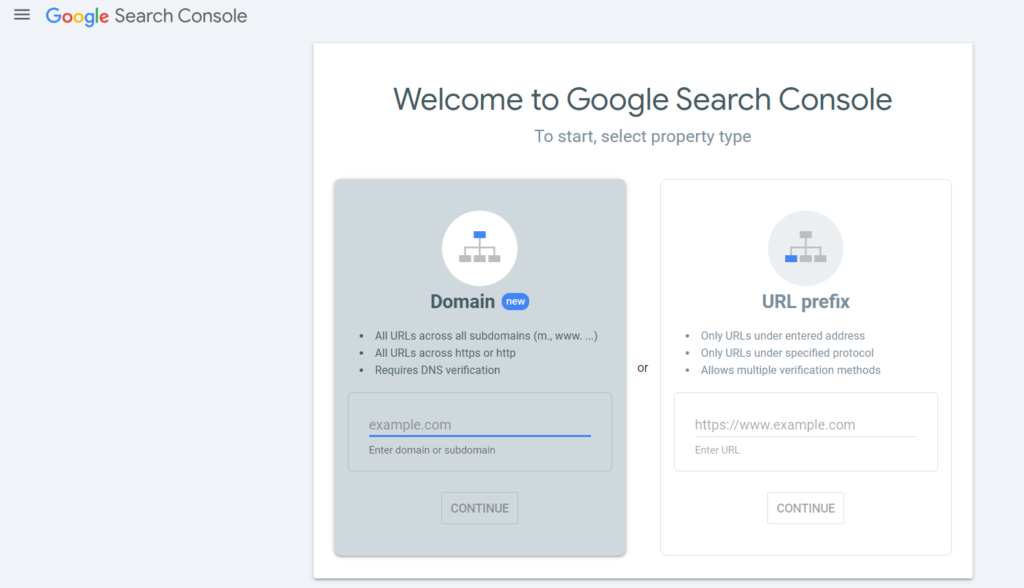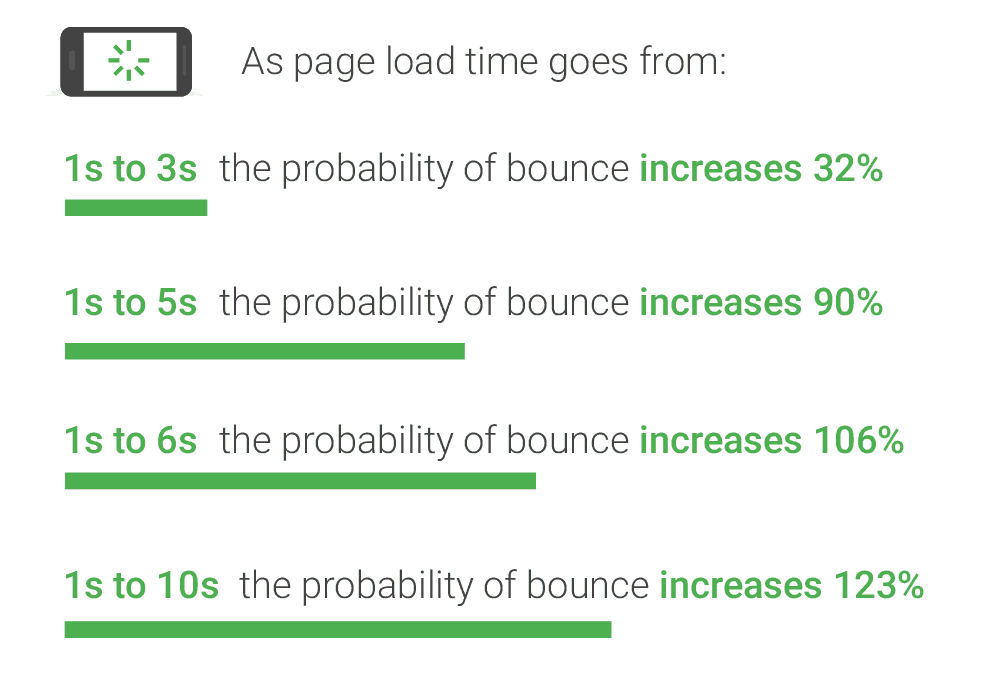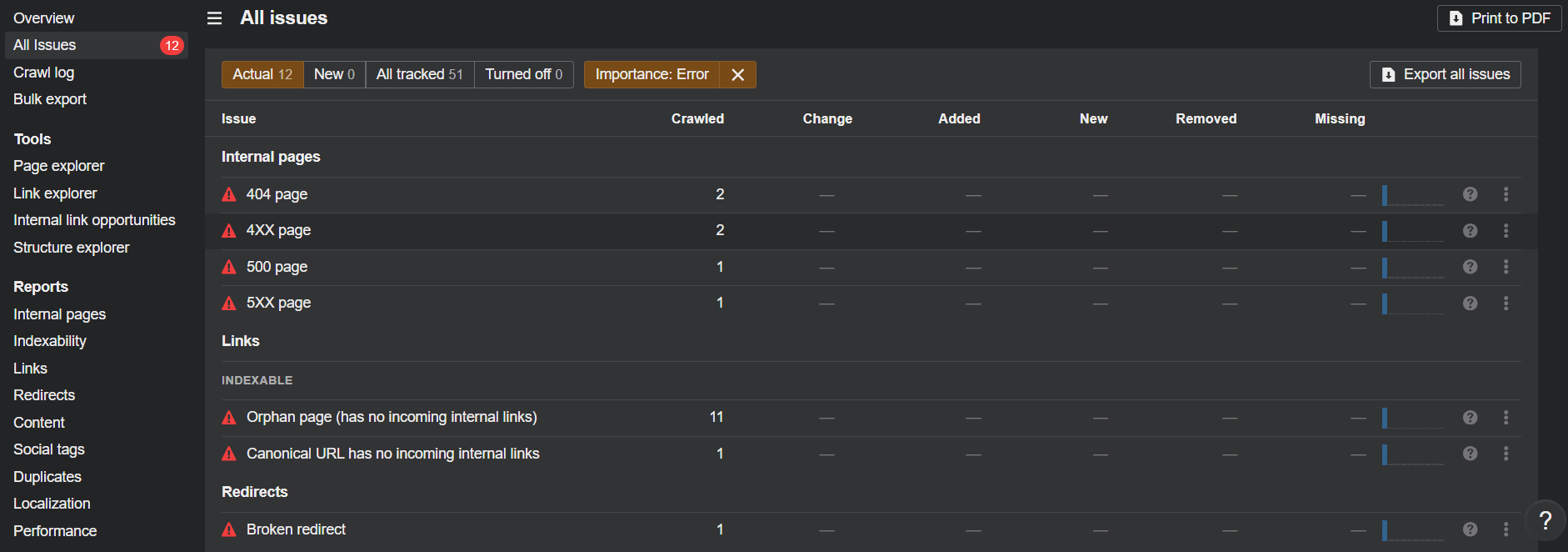In the fast-evolving landscape of digital marketing, content alone is no longer enough to secure visibility. Even the most valuable articles or landing pages can remain invisible to search engines without a solid technical foundation.
This is where technical SEO comes into play — the silent engine that powers your website’s performance, crawlability, and overall ranking potential.
Unlike on-page or off-page strategies, technical SEO focuses on the behind-the-scenes elements that help search engines understand, index, and rank your site efficiently.
From optimizing site architecture and improving page speed to implementing structured data and ensuring mobile friendliness, every detail counts.
In this article, we’ll dive deep into what technical SEO really is, why it’s essential for sustainable growth, and how to implement it step-by-step to unlock your website’s full potential.
Table of Contents
Understanding the Core of Technical SEO
Before diving into specific tactics, it’s essential to understand what technical SEO truly encompasses.
In simple terms, it refers to optimizing the technical aspects of a website to improve its visibility in search engine results. However, in practice, it’s far more complex and interconnected with every part of your digital presence.
The Purpose of Technical SEO
The main goal of technical SEO is to ensure that search engines can efficiently crawl, index, and render your web pages.
While content and backlinks determine what you rank for, technical SEO determines whether you can rank at all.
If your site is slow, poorly structured, or difficult for crawlers to access, even the best content will struggle to perform.
The Pillars of Technical SEO
There are several key pillars that form the foundation of an effective technical SEO strategy:
Crawlability – Ensuring search engines can access and navigate your site without barriers.
Indexability – Making sure that important pages are indexed while preventing low-value or duplicate content from appearing in search results.
Site Architecture – Structuring your website logically with clear hierarchy, internal linking, and URL organization.
Speed and Performance – Reducing load times, optimizing images, and improving Core Web Vitals to enhance both SEO and user experience.
Mobile Optimization – Ensuring the website is responsive and performs seamlessly across all devices.
Security (HTTPS) – Implementing SSL certificates to secure data and build trust with both users and search engines.
The Role of Technical SEO in the Bigger Picture
Technical SEO is not a standalone practice — it complements on-page and off-page efforts.
A technically optimized website acts as a strong foundation that amplifies every other aspect of your SEO strategy. Without it, your link-building or content marketing efforts may not yield the desired results.
In the next chapter, we’ll explore how to conduct a comprehensive technical SEO audit, identify issues that may limit your site’s performance, and create an actionable plan to fix them.
We live, breathe & Dream Paid Traffic
How to Audit Your Website for Technical SEO Issues
Before making any technical improvements, it is essential to understand your website’s current condition.
A technical SEO audit serves as the foundation for any optimization strategy, revealing hidden barriers that prevent your site from performing at its full potential. It allows you to assess how search engines interact with your pages and provides a clear roadmap for fixing issues that may hinder visibility or ranking.
The first and most crucial step of any audit involves analyzing how search engines crawl and index your site.
Tools such as Google Search Console, Ahrefs Site Audit, or Screaming Frog can help you identify structural weaknesses, missing pages, or crawl errors.
During this process, it’s important to review the robots.txt file to make sure you are not unintentionally blocking valuable pages. Equally important is checking the XML sitemap for accuracy and completeness, ensuring that search engines can discover all essential URLs.
Crawl errors and broken links must be fixed promptly, and canonical tags should be reviewed to prevent duplicate content from diluting your authority.
Another key component of the audit is the evaluation of your site’s architecture and internal linking.
A well-structured website helps search engines understand the hierarchy of information and makes navigation intuitive for users. Ideally, important pages should be easy to reach, without requiring more than a few clicks from the homepage. Internal links should naturally connect related pages and distribute link equity across the site, while breadcrumbs enhance navigation and provide additional context for crawlers.
Website speed and overall performance have a direct influence on SEO. Slow pages frustrate users and reduce engagement, which can negatively impact your rankings. Using tools like Google PageSpeed Insights, GTmetrix, or Lighthouse, you can analyze your Core Web Vitals — key metrics that reflect loading speed, interactivity, and visual stability.
If your website performs poorly in these areas, consider optimizing images, implementing caching, minifying code, and using a content delivery network to enhance performance.
Since Google now uses mobile-first indexing, your site’s mobile version carries more weight than ever before. It must be responsive, visually stable, and easy to navigate on any device. Running your site through Google’s Mobile-Friendly Test helps detect potential issues that affect usability, such as misaligned content or intrusive pop-ups.
A mobile-optimized design not only improves search rankings but also builds trust with visitors who expect seamless browsing on smartphones and tablets.
Security is another non-negotiable aspect of technical SEO. A secure HTTPS connection is now a ranking factor, and users are more likely to trust sites that display the familiar padlock icon in their browser. Implementing SSL certificates, removing mixed content, and configuring proper security headers ensure both data protection and credibility in the eyes of search engines.
Optimizing and Maintaining Technical SEO
Once the audit is complete and the most pressing issues have been resolved, the next step is to focus on long-term optimization.
Technical SEO is not a one-time task but an ongoing process that requires regular attention, monitoring, and refinement.
Search algorithms evolve, user expectations shift, and websites grow more complex over time — all of which make continuous technical improvement essential for maintaining visibility and competitiveness.
The first aspect of sustained optimization lies in improving your website’s structure and code efficiency. A clean and logical architecture ensures that both users and search engines can easily access and interpret your content.
As new pages are added, they must integrate seamlessly within the existing hierarchy. Over time, websites tend to accumulate redundant redirects, outdated pages, and unnecessary code, all of which can slow performance and confuse crawlers. Periodically reviewing internal linking, URL structure, and redirect chains helps preserve clarity and accessibility.
Website performance should also remain a central priority. Even small delays in loading speed can lead to measurable drops in engagement and conversions.
Optimizing server response times, compressing files, and keeping scripts lightweight are ongoing practices rather than one-time fixes. Regular monitoring of Core Web Vitals ensures that your site consistently meets Google’s performance standards. As new technologies and tools emerge, implementing modern solutions such as next-gen image formats or improved caching systems can further enhance your site’s technical resilience.
Lastly, consistent monitoring and reporting are vital to sustaining technical SEO performance. Tools like Google Search Console, Google Analytics, and third-party crawlers provide invaluable insights into crawl behavior, indexing status, and potential errors.
Establishing a monthly or quarterly review routine helps detect emerging issues early and measure the effectiveness of your optimizations.
A proactive approach not only safeguards your site’s stability but also creates a framework for continuous growth.
Summary
Technical SEO is the backbone of every successful website. Across the chapters, we explored its core principles, from ensuring crawlability and indexability to optimizing performance, mobile experience, security, and structured data. We examined how to conduct thorough audits, implement improvements, maintain long-term performance, and avoid common pitfalls that can undermine rankings.
Looking ahead, technical SEO is becoming increasingly dynamic, intertwined with AI-driven search, user experience, and emerging technologies like voice and visual search. Its future demands adaptability, continuous monitoring, and strategic integration with broader marketing efforts. By mastering technical SEO today and staying proactive about future trends, businesses can build websites that not only perform well in search engines but also provide seamless, secure, and engaging experiences for their users.
In the competitive digital landscape, a technically sound website is no longer optional — it is the foundation for sustainable growth, visibility, and long-term success.
Check out more blog posts:

Technical SEO: A Complete Guide to Optimizing Your Website for Search Engines








